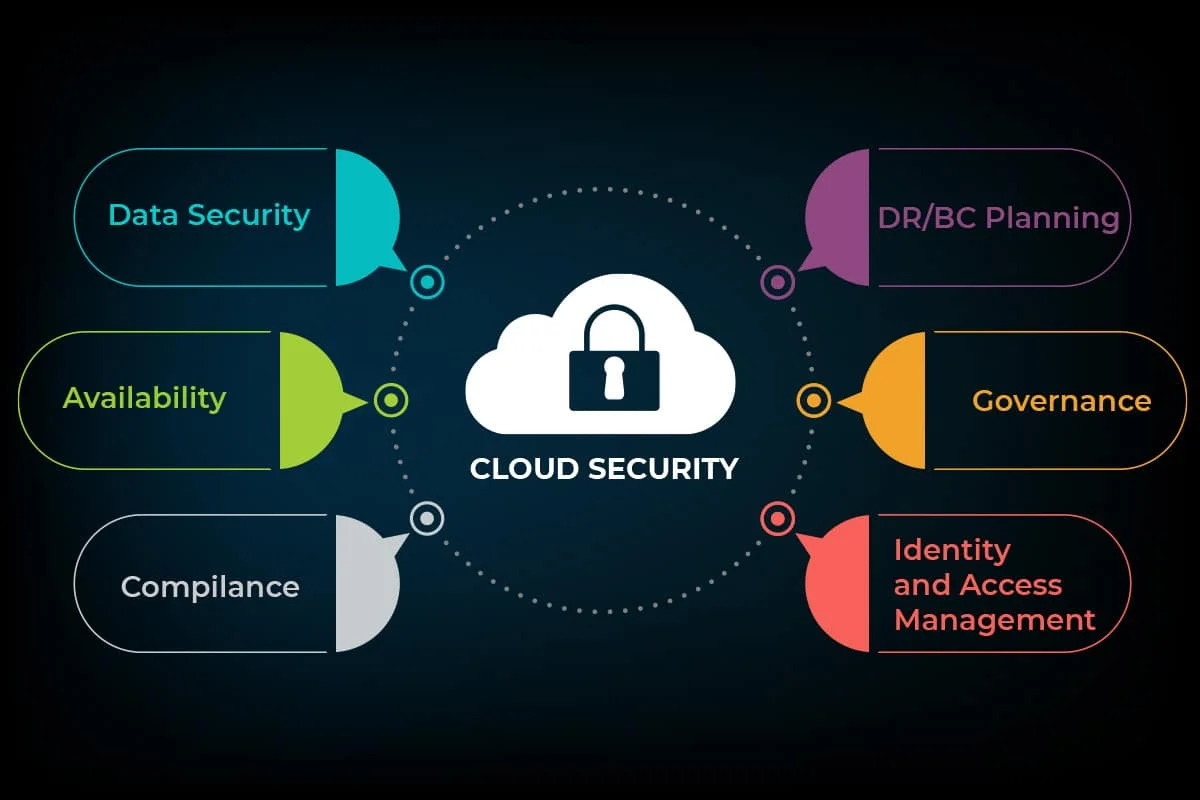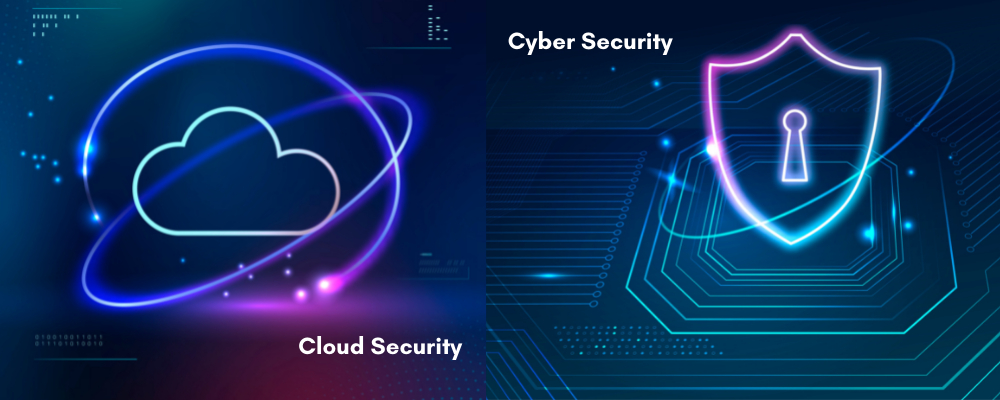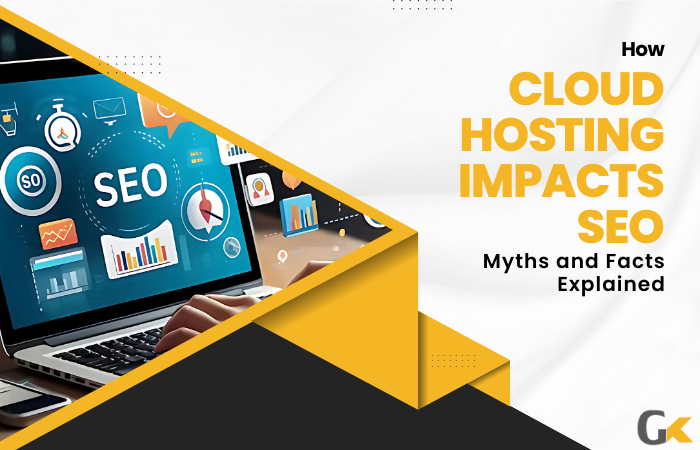Introduction: Why Cloud Migration Needs More Than Just Moving Data
Migrating to the cloud sounds simple — but without a secure plan, it’s like moving into a beautiful new home without locking the doors. Businesses often rush into cloud adoption to gain scalability and flexibility, only to face data leaks, compliance issues, or service disruptions.
In fact, 82% of cloud breaches occur due to misconfiguration or lack of proper security controls during migration.
Whether you’re moving from on-prem servers or transitioning between cloud providers, a smooth migration starts with bulletproof cloud security practices.
What Is Cloud Migration?
Cloud migration is the process of transferring digital assets — such as data, applications, workloads, or services — from local infrastructure to a public, private, or hybrid cloud.
Types of migration:
- Lift and shift: Moving applications without redesign
- Refactoring: Modifying apps for the cloud
- Hybrid migration: Partial migration while retaining some on-prem components
One thing remains constant across all methods: security must be embedded into every step.

Why Cloud Security Matters During Migration
Too many businesses still operate with overprivileged accounts, shared credentials, or no user segregation.
If your receptionist can access the financial database — you’re doing it wrong.
Real-World Example:
A small accounting firm in Vancouver had a shared login for their CRM and finance systems. A terminated employee used that account to download client data — and sent it to a competitor.
Mitigation:
- Enforce Role-Based Access Control (RBAC)
- Apply the Principle of Least Privilege
- Integrate access logs with alerting tools
- Conduct quarterly access reviews
Use MFA + context-aware logins (time/location-based restrictions) to harden admin access.
Essential Cloud Security Practices
Encrypt Data in Transit and at Rest
- Use TLS 1.2+ for transit encryption
- Enable AES-256 for storage-level encryption
- Apply encryption on both structured and unstructured data
Pro Tip: Don’t rely solely on cloud provider defaults — rotate keys regularly.
Implement Role-Based Access Control (RBAC)
- Apply least privilege principle
- Set time-based or task-based access controls
- Require Multi-Factor Authentication (MFA)
Example: Reducing access levels by 42% helped eliminate 3 backdoors for a client.
Conduct Pre- and Post-Migration Security Assessments
- Scan applications, network configs, and permissions pre-migration
- Post-migration: run vulnerability scans, pen-tests, and compliance audits
Case Study: A Toronto healthcare firm passed its PIPEDA audit after GoGeekz fixed 11 AWS misconfigs.
Use Secure APIs and Gateways
- Validate inputs to avoid injection attacks
- Use API tokens with expiration
- Monitor for abnormal API behavior
Fact: 60% of web-based attacks target APIs (Gartner).
Maintain Audit Trails and Monitor Logs
- Track login activity, config changes, and data access
- Use AWS CloudTrail, Azure Monitor, or GCP Audit Logs
- Set automated alerts for unauthorized actions
Tip: Retain logs for 1–3 years depending on compliance needs.
Customize Security Based on Location & Compliance
- Choose regional data centers for compliance (e.g., PIPEDA, GDPR)
- Geo-block high-risk locations
- Review privacy regulations by jurisdiction
Example: A Vancouver client ensured full Canadian data residency using AWS IAM and S3 controls.
Automate Configuration & Testing
- Use Terraform or Pulumi for infrastructure as code (IaC)
- Set up policy enforcement with AWS Config or Azure Policy
- Implement DLP and real-time threat monitoring
Insight: Automation reduces human error, especially for large-scale or hybrid migrations.

Tale of Two Migrations
Let’s contrast two businesses moving to the cloud:
Company A: “Move fast, think later”
- Based in New York, an accounting firm decided to lift-and-shift their QuickBooks system to AWS over the weekend.
- No backups were created, no pre-migration scan done.
- They discovered configuration drift, broken API calls, and open S3 buckets — exposing 3,500 client records.
- The firm faced a $15,000 fine for compliance breach and had to send out a data breach notice to all affected clients.
Company B: “Secure from the start”
- A law firm in Toronto worked with GoGeekz to plan a compliant, zero-downtime migration to Microsoft Azure.
- We performed pre-migration audits, created a rollback plan, and applied encryption across all data points.
- Every user role was tested in a staging environment before go-live.
Result: Seamless switch, 2% increase in team efficiency, and compliance confirmed by a third-party audit.
The difference isn’t just security — it’s strategy.
Also Read : Top 5 Email Security Practices to Prevent BEC
Platform-Specific Tips
On AWS:
- Use AWS IAM for fine-grained access control
- Enable GuardDuty to detect threats
- Configure AWS WAF to protect APIs and websites
- Encrypt S3 buckets + enable logging for every object access
On Azure:
- Use Azure Security Center for threat detection
- Apply Network Security Groups (NSGs) for VMs
- Set up Azure Blueprints for consistent policy compliance
- Use Private Endpoints to block public traffic to storage accounts
On GCP:
- Enable Cloud Identity-Aware Proxy for secure access
- Use VPC Service Controls to protect data boundaries
- Set IAM Conditions for time-based and location-based access
- Enable Cloud Armor for DDoS protection
Each cloud has different strengths — the trick is to harden your security using built-in tools instead of relying on third-party plugins alone.

Additional Cloud Migration Mistakes to Avoid
| Mistake | Why It’s Dangerous | What to Do Instead |
| Migrating everything at once | Leads to chaos if something breaks | Use phased rollout with rollback plans |
| Assuming provider handles backups | Cloud providers offer infrastructure, not your full protection | Use third-party or automated backup tools |
| Not testing permissions post-migration | Results in broken access or data exposure | Validate every user role before going live |
| Forgetting about mobile access | Devices may bypass MFA or VPN | Secure endpoints and educate staff |
Secure vs. Insecure Migration Comparison
| Feature | Insecure Migration | Secure Cloud Migration |
| Access Control | Shared passwords, no MFA | RBAC + MFA enforced |
| Encryption | Not configured | AES-256 at rest + TLS 1.2+ in transit |
| Monitoring | Ad-hoc or reactive | Continuous log collection + alerts |
| Backup Plan | None or vague | Tested rollback and recovery steps |
| Data Location | Unclear or unrestricted | Geo-fenced + compliance-based regions |
More Myths Busted
| Myth | Truth |
| “Cloud is always cheaper” | Poorly managed cloud costs can skyrocket — especially with poor governance |
| “Cloud is only for tech companies” | Today, law firms, dentists, realtors, and local shops benefit from the cloud |
| “Security slows things down” | Actually, automated security improves speed and consistency |
Pro-Level Security Tips
- Use infrastructure as code (IaC) — Terraform lets you document + replicate secure configs
- Enable conditional access policies — only allow login from secure devices
- Use DLP (Data Loss Prevention) to block sensitive data from leaving apps
- Apply “deny by default” rules — don’t allow access unless explicitly permitted
- Schedule bi-weekly security drills — treat cloud like your office firewall
Read More : Role of Managed IT Services in Swift Bug Detection
Performance Metrics
- 80% of companies misconfigure their cloud in 6 months
- 65% of cloud breaches involve weak credentials
- Businesses that automate security reduce breaches by 35%
Still relying on your in-house IT team or unsure if your data is fully protected post-migration?
Don’t wait for a breach to make cloud security a priority.
Let GoGeekz’s certified cloud engineers: ✅ Secure your environment
✅ Optimize for performance
✅ Ensure 100% compliance
👉 Book a FREE Cloud Security & Migration Audit — no strings attached.
FAQs
Industry Experiences
Innovative services for your business
We’re dedicated to making your businesses reliable, efficient, and safe.
We’re a one-stop solution for everything IT you need. Whatever you need, we got you covered:
Misconfiguration and weak access control
Absolutely, including hybrid environments
We offer post-migration audits to close gaps
We provide onboarding, documentation, and best practices
2–6 weeks depending on complexity
Yes. Hybrid migrations are common — move email to Microsoft 365, keep your database local, or split workloads across AWS and Azure.
No worries — GoGeekz offers post-migration security audits to lock down your setup retroactively.





